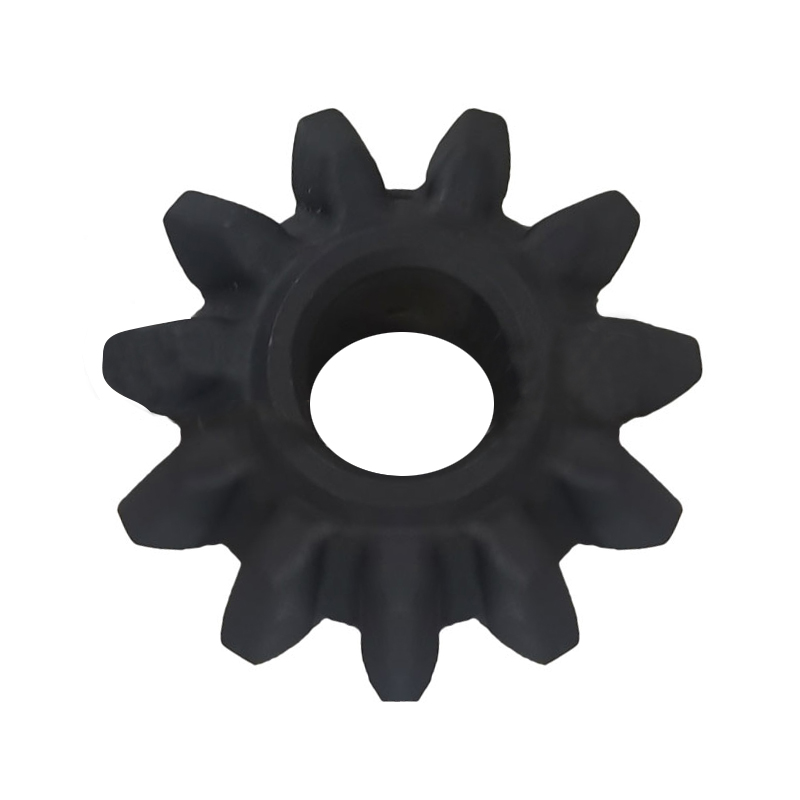The definition of a gear is a mechanical element with t […]
The definition of a gear is a mechanical element with teeth on the rim that can continuously mesh and transmit motion and power.
Gear structure: Gears generally have gear teeth, tooth spaces, end faces, normal faces, addendum circles, tooth root circles, base circles, and index circles.
Gear classification: Gears can be classified according to tooth shape, gear shape, tooth line shape, surface on which the gear teeth are located, and manufacturing method.
1. The tooth profile of the gear includes tooth profile curve, pressure angle, tooth height and displacement. Involute gears are easier to manufacture. Therefore, in modern gears, involute gears account for the absolute majority, while cycloid gears and arcs Gear applications are less. In terms of pressure angle, some countries used 14.5° and 15° in the past, but most countries have uniformly stipulated that gears with small pressure angles of 20° have a small bearing capacity; while gears with large pressure angles have higher bearing capacity, they are In the case of the same torque, the load of the bearing increases, so the high pressure angle gear is only used in special cases. The tooth height has been standardized, and the standard tooth height is generally adopted. There are many advantages of displacement gears, which have been used in all kinds of mechanical equipment.
2. Gears are divided into cylindrical gears, bevel gears, non-circular gears, racks, and worm-worm gears according to their shapes.
3. According to the tooth line shape, gears are divided into straight gears, helical gears, herringbone gears, and curved gears.
4. According to the surface gears where the gear teeth are located, it is divided into external gears and internal gears. The addendum circle of the external gear is larger than the root circle; and the addendum circle of the internal gear is smaller than the root circle.
5. According to the manufacturing method, gears are divided into casting gears, cut gears, rolling gears, sintered gears, etc.
The manufacturing material and heat treatment process of the gear have a great influence on the load-bearing capacity and size and weight of the gear. Before the 1950s, carbon steel was mostly used for gears, alloy steel was used in the 1960s, and surface hardened steel was used in the 1970s. According to hardness, tooth surface can be divided into two types: soft tooth surface and hard tooth surface.
Gears with soft tooth surfaces have low load-bearing capacity, but are easier to manufacture and have good running-in performance. They are mostly used in general machinery with no strict restrictions on transmission size and weight, and small-volume production. Because the small wheel has a heavier burden among the matched gears, in order to make the working life of the large and small gears roughly equal, the hardness of the tooth surface of the small wheel is generally higher than that of the large wheel.
Hard teeth and gears have a high load-carrying capacity. After the gear is cut, it is quenched, surface quenched or carburized and quenched to increase the hardness. But in the heat treatment, the gear will inevitably be deformed, so after the heat treatment, grinding, grinding or fine cutting must be carried out to eliminate the error caused by the deformation and improve the accuracy of the gear.

http://www.yhfse.com/product/gear/planetary-gear/